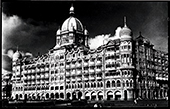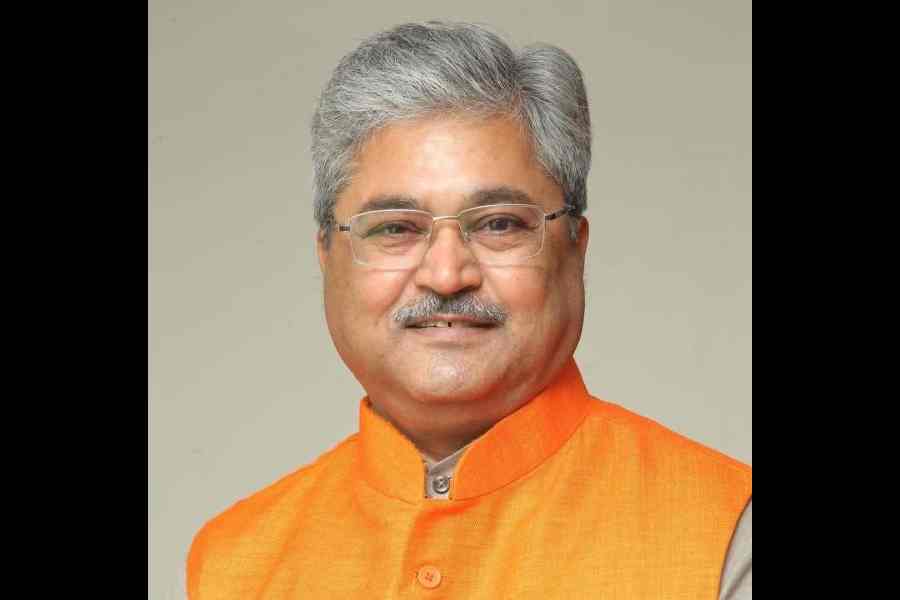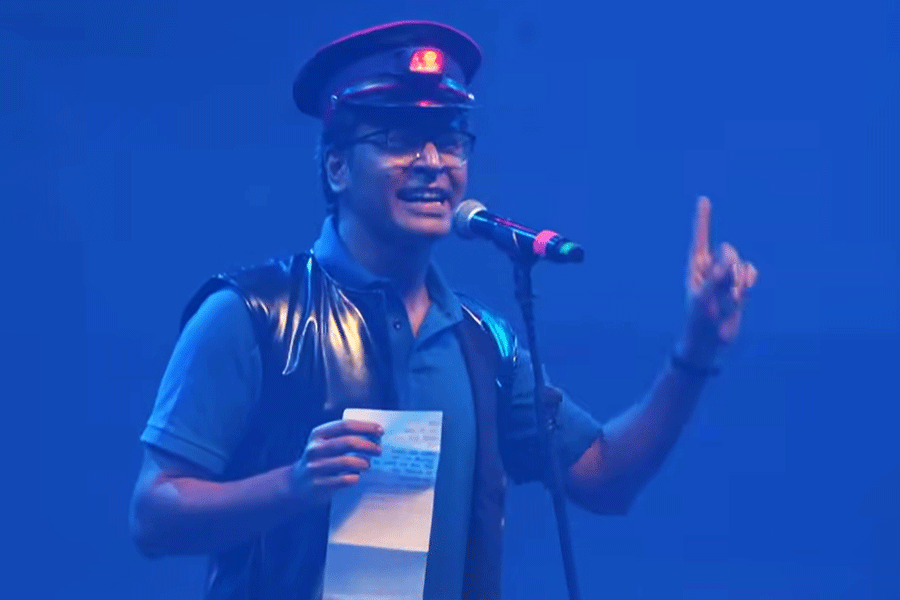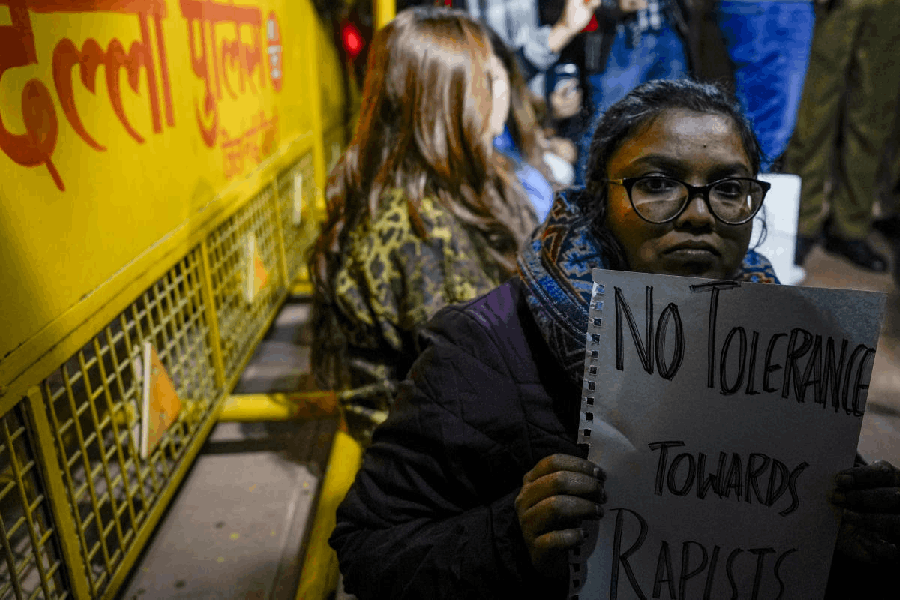 |
| The Taj Mahal Hotel photographed in the 1940s |
THE BEGINNING
Why did Jamsetji Tata get into hoteliering and that too right in the middle of Bombay’s worst plague epidemic that started in 1896? One story goes that Jamsetji, who was turned away from a British hotel open to only the whites, wanted to prove a point. But Sharada Dwivedi, who has spent 32 years researching, clarifies: “It was purely for the love of the city. He wanted to draw back the people and tourists who were running away from Bombay in huge numbers. Even more importantly, he wanted to establish a place where Europeans and Indians could meet on equal ground, which is exactly what happened later. Of course, nobody would give him money so he put his own in, which is why it came to be known as Tata’s ‘white elephant’. In fact, one of Jamsetji’s sisters is reported to have told him, ‘Jamsetji, su chhe? You’re building steel mills and hydroelectric plants, and now you tell us you’re opening a bhattarkhana (an Irani cafe or a dhaba)!’”
 |
| Chambers’s design for the modified dome |
THE BIG SURPRISE
Everyone thought that WA Chambers, the well-known English architect, had designed the hotel but Dwivedi dug deep. She found the original booklet that Jamsetji had published with all the architectural plans. “I couldn’t decipher the signatures — they didn’t look like Chambers’s,” she says. One day, 30 years ago, she got a call from a certain Vaidya, who now heads HR for the Taj Mahal Palace hotel. “His father met me and said, ‘You know, you’re wrong, it’s not Chambers who designed the building, it’s my grandfather.’ And when he told me his grandfather’s name was Raosaheb Sitaram Khanderao Vaidya, I was, ‘My god, that’s the same signature!’”
The only change made by Chambers, who took over when Vaidya died, was to increase the size of the central dome.
 |
| Jamsetji Tata |
RS 10 FOR A ROOM
The Taj Mahal Palace opened its door to the first paying guest on December 16, 1903. The set rate for a single room was Rs 10 rising to Rs 13 for rooms “with the added convenience of fans and attached bathrooms”!
BACK TO THE SEA
Any good ol’ Bombayite will tell you that the Indian builders put the hotel up the wrong way, with its ‘back’ to the sea. A further garnishing of the tale has the French or Italian architect returning from holiday and unable to live with this folly, plunging to death from the newly-erected fifth floor! Though the argument continues, it is believed that the Taj was built facing away from the Apollo Bunder as Jamsetji wanted a majority of the rooms overlooking the sea.
 |
| Sarojini Naidu had a permanent suite of rooms in the hotel in the 1920-30s |
 |
| John Lennon with Yoko Ono in their Taj suite which they did not leave during their five-day stay |
GANDHI TO JINNAH, GEORGE TO JOHN
Who would believe that Gandhi climbed that grand staircase in the heritage wing — he didn’t take the lift — to address a group of young Englishmen in the ballroom. Or that Mountbatten also gave a speech there. Or that Sarojini Naidu had a permanent suite of rooms in the old Taj for almost two decades (1920s-30s). “Being a poetess and a great entertainer, she regularly held soirees attended by poets and freedom fighters — how do you think Gandhi came here or Jinnah, and why did Jinnah’s wife eventually die here? Every time she fought with her husband, she came and stayed at The Taj,” says Dwivedi.
In 1966, George ‘Beatles’ Harrison and wife Patti arrived incognito (to meet Pandit Ravi Shankar) and checked in as ‘Mr and Mrs Sam Wells’. To avoid drawing attention of the press, Harrison had grown a moustache and cut his long hair short. He remained secluded in his suite but finally ventured into the lobby where a young lift attendant recognised him. Within minutes, the secret was out!
Two years later, John Lennon stayed at the Taj with wife-to-be Yoko Ono. For five days, the staff had their hands full keeping away fans who tried to enter the hotel. They need not have bothered, for the duo never left their suite. No one, not even the room cleaner, was allowed in.
 |
| A rare frame of Gandhi and Tagore in the chapter The Taj and Swaraj |
HOW CALCUTTA GOT ITS TAJ
The chapter The Gateway to India tells the story of how Jyoti Basu was very keen to have the Taj Bengal. Ajit Kerkar, former chairman of the Taj Group, “initially resisted the idea, considering the city to be too run down to merit a Taj hotel”. But when Basu asked the then sales and marketing head, Camellia Panjabi, what the solution was, she said: “Give me a prime site, either overlooking the Victoria Memorial or in Alipore by the zoo, these are the only two places in Calcutta that the local people will not allow to be spoilt in the future.”
Basu responded by offering many alternatives but a few months later the chief secretary of West Bengal walked into Panjabi’s office and said they had found a very nice site: nearly four acres in Alipore on what was an annexe of Calcutta zoo!
 |
THE STAIRCASE & THE MAKER
On 26/11, the grand staircase saw the impact of “hand-grenades to machine guns to bullets holes”, says Raymond Bickson (MD & CEO of Indian Hotels Company Limited), adding, “But not one scratch on this (Jamsetji’s bust). It’s kind of amazing.” The staircase is also the CEO’s favourite spot in the hotel. “I love walking down the stairs… and the whole grandeur when you look up at the depth of the dome….”
Dwivedi reveals that the staircase is almost a replica of another staircase in Bombay, at the Victoria Terminus (better known as VT), because the same architect who worked with Frederick Stevens, who designed VT, drew up the plan for the hotel.
THE EPILOGUE
Bickson had much to contribute to the epilogue of the book, which talks about the next 100 years. “Before, there was a closed market — there was just Taj, Oberoi and ITC. But today there is a tremendous inflow of all the international companies coming to India — 41 brands. So the challenge for us is how do we make sure that in the next generation we haven’t become irrelevant and that we stay ahead of the game,” says Bickson, who joined the Taj Group 10 years ago.
Guest speakers at the book launch included Juhi Chawla, Shekhar Kapur and Suhel Seth. Co-author Charles Allen, 71, left a video message for the viewers. Excerpts from their speeches:
 |
Charles Allen
“No, I don’t do PR jobs. You need a journalist not a historian,” Allen had told the editor of the Taj magazine, Umaima Mulle-Feroz, when she approached him for the book. He kept saying no till he met Sharada Dwivedi who quickly put him right. She said, “Do you know anything about this hotel and why it means so much to us Bombayites?” The rest, as we know now, is history.
 |
Juhi Chawla
Her mother, Mona Chawla, joined the Taj in the early 1970s and worked there for over 22 years, going on to head housekeeping for all the Taj hotels. “The Taj was the reason my family shifted from Delhi to Mumbai. I remember when I was frightened of my teachers, I would escape from school and hide in my mum’s office, colouring the white paper napkins, which had beautiful gold monograms.
“I wanted to be like my mum, saying, ‘Mum, I too will join the Taj.’ And she said, ‘Oh yes, but don’t do housekeeping, do sales and marketing!’”
Ratan Tata
For Tata, it was an “emotional evening”. The chairman of IHCL referred to the hotel as a symbol of the city’s spirit. “Those of us who witnessed the carnage over the three days when the terrorist attack took place, witnessed another part of the Taj, the spirit of the people. And the Taj, despite its solidarity and its majestic being, could never have turned out to be what it is without that selfless spirit. They did get hurt, they did get mauled, but they didn’t fall.”
Karo Christine Kumar
Is Taj Mahal Palace the most historic hotel in India? Tell t2@abp.in











